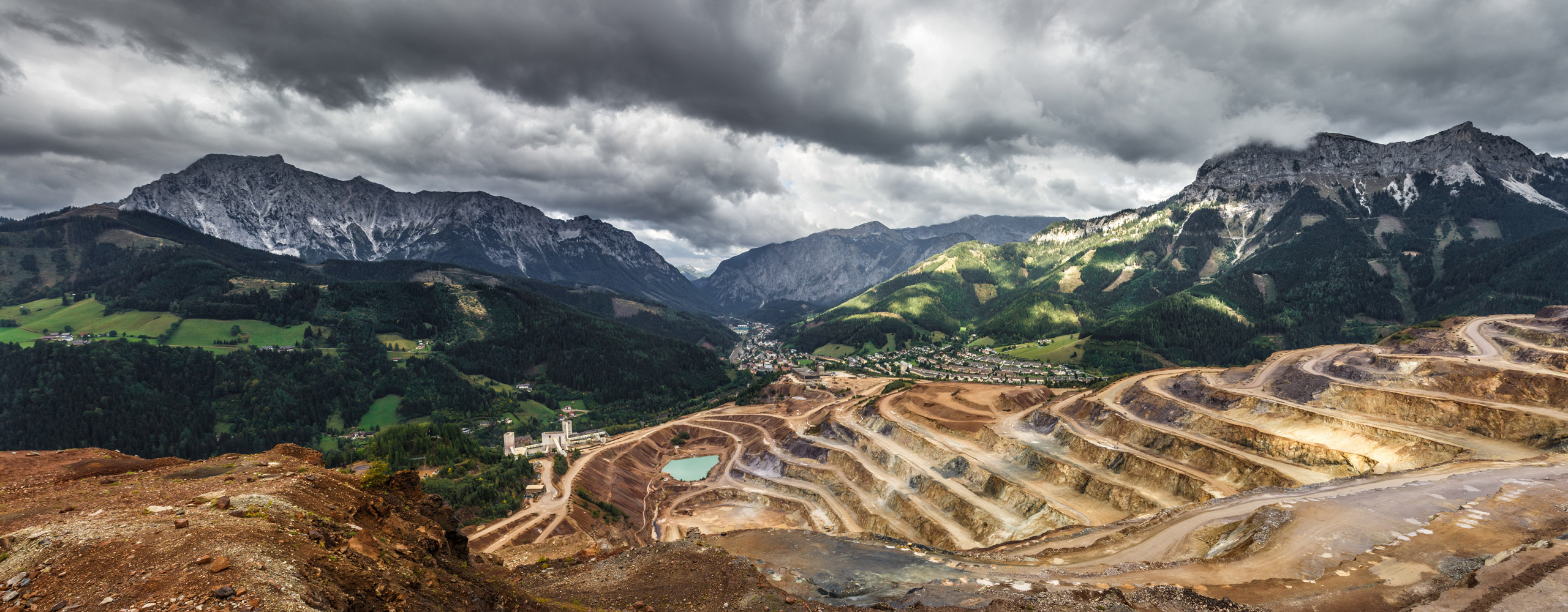Seismic monitoring is an established technology in mines generally applied for safety monitoring, rockburst prediction, and imaging the extent of damage induced by the mining operations. Microseismic monitoring provides insight into the location and extent of fracturing induced by the stress changes associated with mining processes. The spatial characteristics of the observed microseismicity provide valuable validation for the back analysis of fracturing processes such as caving, preconditioning, etc. through numerical models (e.g. Pierce et al. 2006; Sainsbury et al., 2008). It also provides a tool for the future validation of forward cave models that predict the extent and location of the seismogenic zone and the transmission properties of the damaged rock.
The post-process analysis of seismic catalogues, seismic record, or real-time analysis can provide feedback for:
- early warning on localized induced damage to mine infrastructure,
- slope stability in open-pit mines,
- extent and positioning of damage zones in underground operations,
- imaging the cave progress and extent in underground caving mines,
- imaging the persistence, spacing and mechanism of induced and mobilized fractures,
- progress of subsidence zones above underground operations, and
- effectiveness of preconditioning operations.
Itasca has developed a series of novel analyses that enhance the information provided by existing microseismic catalogues to monitor the evolution of the fracturing processes and that provide:
- advanced post-processing, analysis, and interpretation of client data to identify fracturing modes, the fraction of newly opened and reactivated fractures, and a full geometrical characterization of fracturing;
- active and passive source tomography for imaging of damage induced by mining operations;
- acquisition system-independent seismic processing software for automatic, real-time processing of induced seismicity;
- in-depth understanding of fracture mechanisms through the integration of acquired data and SRM models built with Itasca’s Particle Fluid Code (PFC) and site-scale degradation models;
- structure imaging and velocity inversion combining the illumination capability of controlled seismic sources and passive seismic events;
- p-and s-wave time-lapse tomography to image the degradation of host rock and structures in terms of elastic modulus and fracture density;
- temporal and spatial clustering of microseismic events to quantify damage accumulation and identify areas of localized fracturing;
- fully-featured microseismic training courses focused on the principles behind the technology, processing algorithms, and hands-on experience of using processing software; and
- design, optimization and quality check of seismic monitoring arrays.
